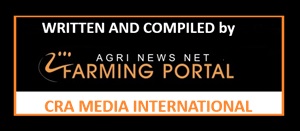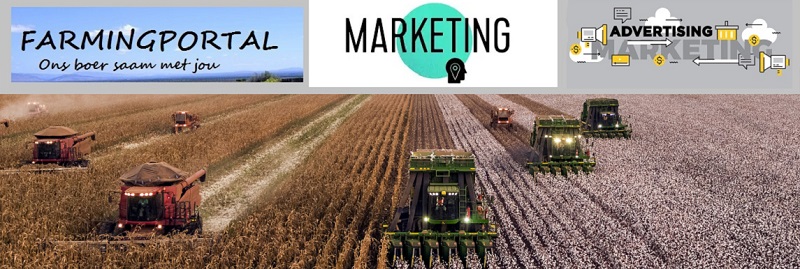The RMIS traceability platform is powerful on paper: it tracks cattle from farm to abattoir, helps fight foot-and-mouth disease, unlocks export markets, and comes with a free app launching in December. But implementation on the ground is where the rubber hits the mud.The gap between code and cattle is vast. In corporate vision, you simply scan the tag — but in rural reality, there’s no signal, no smartphone, and no electricity. They say link to a GLN in seconds, yet many have no formal land title to generate one.
They demand all farmers comply, but over 60% of South Africa’s cattle are in communal areas with no records. They promise a quick rollout, when training more than 100,000 farmers will take years.It will work — but only if we bridge the divide. Big commercial farms will adopt fast, yet true national traceability requires solar-powered ear tags and offline apps, community GLNs for shared grazing lands, local youth paid to help register and scan, and integration with traditional leaders.
We dare not ignore the ugly truth: deliberate sabotage is fuelling the spread of foot-and-mouth disease (FMD) across South Africa, designed to force farmers to their knees. This is no longer just a virus; it’s a weapon. We need to use this system to control this aswell.
Until then, digital tagging is a shot in the dark — brilliant in theory, blind in practice.Bottom 2025 and beyond: The tech is ready. Now fix the foundation. - We live in Africa - and been controlled by APPS-


















